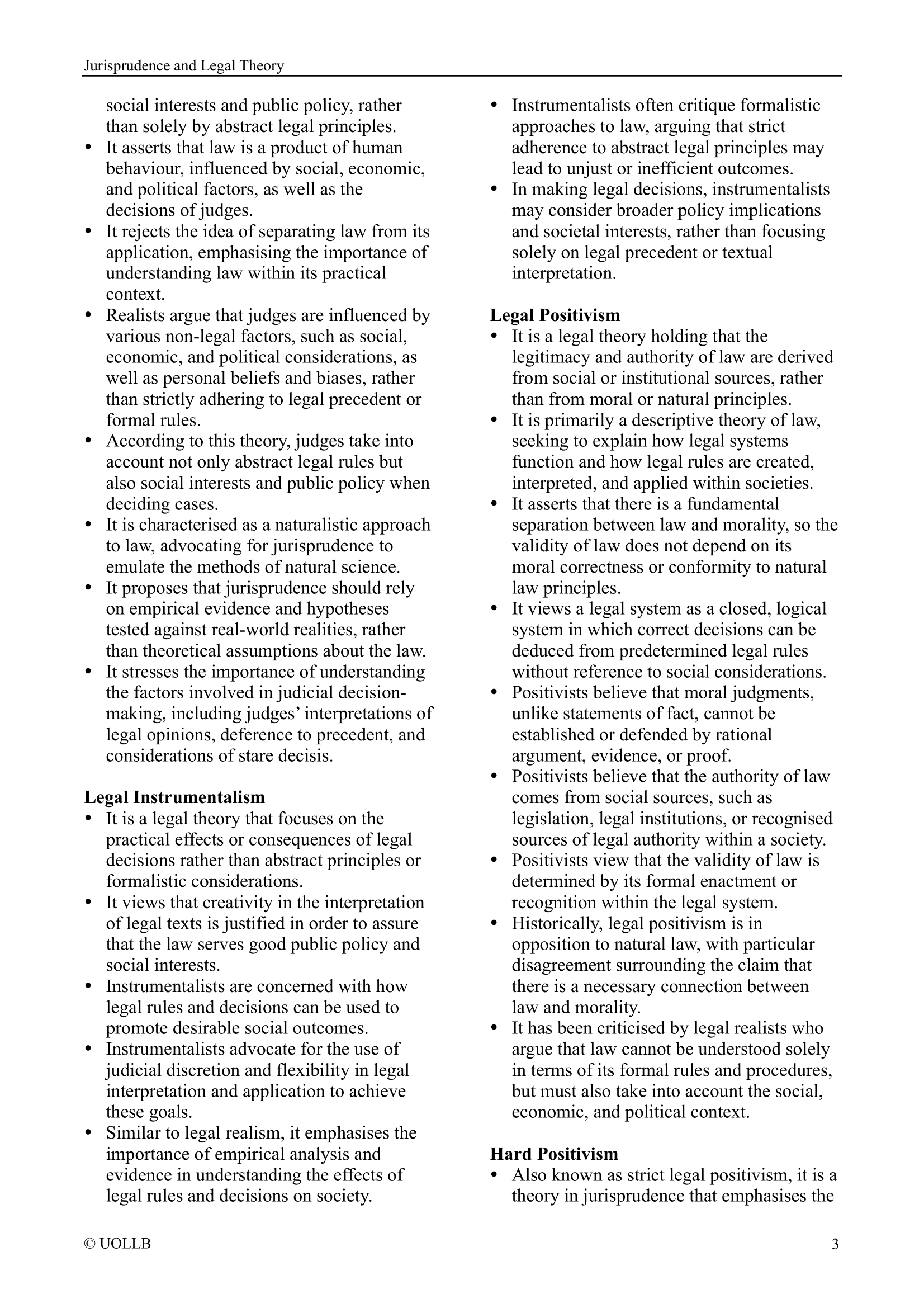Effect of Law on Enforceable Rights and Balance Required
Share
The law has a profound effect on enforceable rights, as it provides the framework within which rights are defined, protected, and enforced. The law recognises and protects various types of rights, including civil, political, social, economic, and cultural rights, as well as the rights of specific groups, such as women, children, and minorities.
One of the critical aspects of law is the balance it requires between competing interests. For example, the law must balance the public interest with the private interests of individuals and businesses. This means that the law must strike a balance between protecting the rights and freedoms of individuals and ensuring that the public interest is served. This can be a delicate balance, as the protection of individual rights can sometimes come into conflict with the needs and interests of society as a whole.
To achieve this balance, the law often places limits on individual rights and freedoms when they conflict with the public interest. For example, the right to free speech is protected by law, but it can be limited when it is used to incite violence or hatred. Similarly, the right to property is protected, but it can be limited when it is used to harm the environment or violate the rights of others.
The law also recognises that there are different levels of protection for different types of rights. For example, some rights, such as the right to life, are considered absolute and cannot be limited under any circumstances. Other rights, such as the right to privacy, may be limited in certain circumstances, such as when it is necessary to protect national security or public safety.
Another important aspect of the balance required between competing interests is the need to ensure that the law is applied fairly and equally to all individuals and groups. This means that the law must be impartial and not favour one group over another. It also means that individuals must have access to the legal system and be able to seek redress when their rights are violated.
In conclusion, the law plays a crucial role in defining, protecting, and enforcing enforceable rights. It requires a delicate balance between competing interests, such as public and private interests, and recognises that different types of rights require different levels of protection. To ensure that the law is applied fairly and equally, it is essential to maintain the impartiality of the legal system and ensure that individuals have access to justice.
One of the critical aspects of law is the balance it requires between competing interests. For example, the law must balance the public interest with the private interests of individuals and businesses. This means that the law must strike a balance between protecting the rights and freedoms of individuals and ensuring that the public interest is served. This can be a delicate balance, as the protection of individual rights can sometimes come into conflict with the needs and interests of society as a whole.
To achieve this balance, the law often places limits on individual rights and freedoms when they conflict with the public interest. For example, the right to free speech is protected by law, but it can be limited when it is used to incite violence or hatred. Similarly, the right to property is protected, but it can be limited when it is used to harm the environment or violate the rights of others.
The law also recognises that there are different levels of protection for different types of rights. For example, some rights, such as the right to life, are considered absolute and cannot be limited under any circumstances. Other rights, such as the right to privacy, may be limited in certain circumstances, such as when it is necessary to protect national security or public safety.
Another important aspect of the balance required between competing interests is the need to ensure that the law is applied fairly and equally to all individuals and groups. This means that the law must be impartial and not favour one group over another. It also means that individuals must have access to the legal system and be able to seek redress when their rights are violated.
In conclusion, the law plays a crucial role in defining, protecting, and enforcing enforceable rights. It requires a delicate balance between competing interests, such as public and private interests, and recognises that different types of rights require different levels of protection. To ensure that the law is applied fairly and equally, it is essential to maintain the impartiality of the legal system and ensure that individuals have access to justice.























































